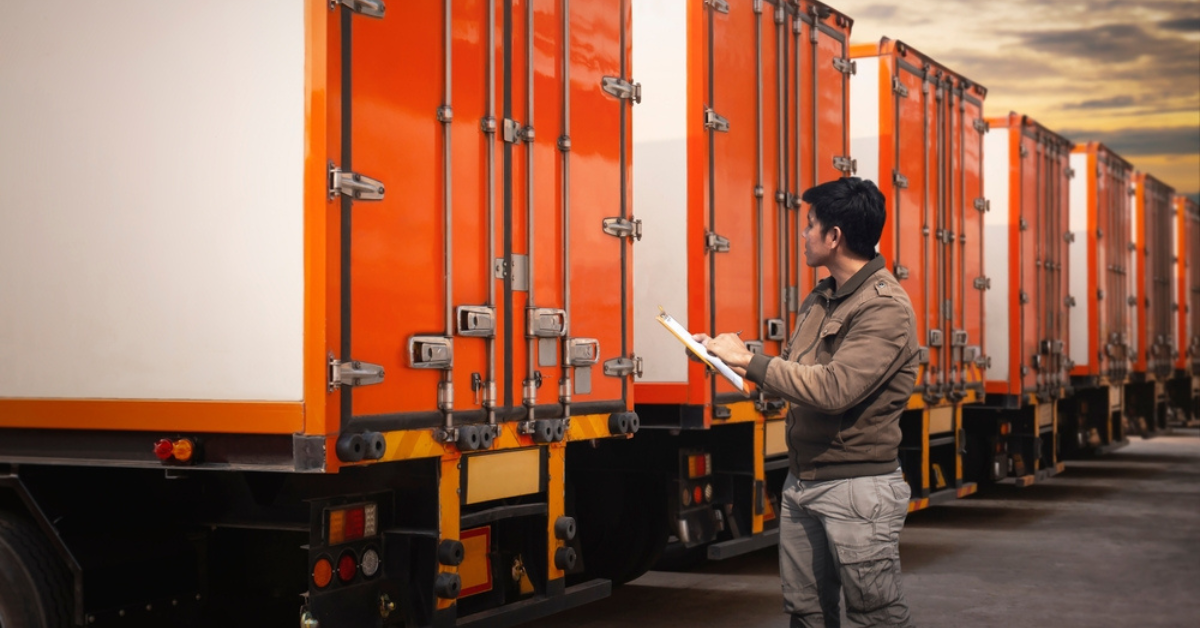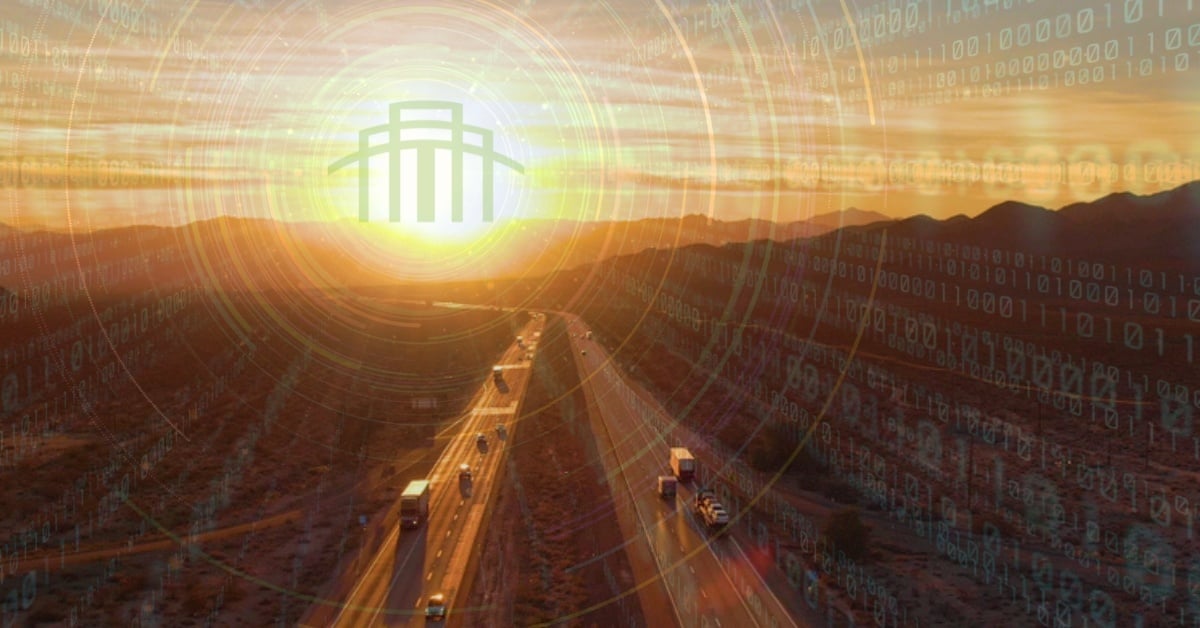AI, unlike you’ve seen it before, is now playing a role in unexpected areas like sustainability and security, transforming the freight industry beyond traditional applications. From reducing carbon footprints through optimized shipping routes to detecting and preventing cargo theft with advanced anomaly detection, AI is revolutionizing how the supply chain operates.
Author: Banyan Technology
Preparing the Supply Chain in 2025: 7 Key Strategies for Shipping
The supply chain landscape is undergoing significant transformation, and as we approach 2025, Shippers must adapt to emerging trends, technological advancements and operational challenges. Findings from the Mastio & Company LTL Carrier Customer Value & Loyalty Study 2024 highlight how key areas such as automation, visibility and customer service impact Shippers' efficiency and satisfaction levels in the LTL freight market. To remain competitive, Shippers must focus on improving processes, leveraging technology and prioritizing investments that enable smarter decision-making.
How Technology Empowers Shippers and 3PLs to Manage Costs in 2025
The freight industry is embracing a technological transformation that is empowering Shippers and 3PLs to optimize operations, reduce costs and tackle inefficiencies. Insights from the Q4 2024 Shipper Rate Report from FreightWaves highlight key data points underscoring the value of innovations such as AI-driven analytics, automation and real-time data connectivity.
Parcel Shipping: Strategies to Save on Shipping Costs Year-Round
With the fourth quarter under way and peak season on the horizon, the Parcel shipping landscape is evolving faster than ever as major carriers compete for market share and consumer loyalty. The rise of e-commerce, a shortened holiday shipping window and a new wave of aggressive pricing strategies from top Parcel carriers present both challenges and opportunities for Shippers.
As Parcel carriers ramp up discounts to win customers, especially in the smaller Shipper segment, Shippers are facing more competition and logistical complexities. Navigating heightened competition involves balancing the immediate benefits of cost savings with long-term efficiencies, visibility and strategic risk management, which are essential in a dynamic market.
Parcel Shipping: How to Navigate Rising Costs With New Solutions
With shipping costs skyrocketing and e-commerce growth showing no signs of slowing, businesses face mounting pressure to streamline Parcel shipping operations. In today’s fast-paced logistics landscape, finding the right balance between cost, speed and efficiency is crucial for maintaining profitability.
To meet these challenges, businesses are turning to innovative solutions designed to reduce costs, simplify processes and provide real-time insights into Parcel shipping management. These initiatives offer immediate savings and simplify the complex task of managing Parcel shipments. By providing more than just basic rate comparison tools, these solutions allow companies to optimize their shipping processes without the added burden of dealing with multiple carriers and contracts, leading to increased efficiency and reduced expenses.
Avoid Costly Mistakes: The Importance of Automation in Freight Claims
In the U.S., freight claims are a significant issue, with more than $1 billion worth of goods damaged or lost in transit annually, and approximately 0.5% to 1% of all freight shipments result in a claim. Despite this, many claims are denied due to improper documentation or missed deadlines, with industry data suggesting that as much as 50-60% of claims are rejected for these reasons. Even legitimate claims can be denied if the necessary paperwork isn’t completed, or deadlines aren’t met.
Accurate documentation, strict adherence to deadlines and the power of automated technology are critical for ensuring freight claims are managed successfully. Without automation, the risk of costly errors and denials skyrockets, making it essential to implement software solutions that streamline claims and protect your business from avoidable losses.
Truckload Shipping: Unlock Efficiency with Automated Self-Service Portals and Predictive Pricing
Technology and automation are at the heart of the transformation of Truckload shipping. As the demand for efficient, timely deliveries grows, integrating advanced technology into Truckload operations is crucial.Among these, self-service Truckload portals and predictive pricing stand out as key tools that can significantly enhance the effectiveness and efficiency of Full Truckload shipping.
Future of Logistics: Why End-to-End Shipping Visibility Matters
Navigating the Future of Logistics: How AI is Revolutionizing Freight
In the dynamic world of freight and supply chain management, Shippers and 3PLs face mounting challenges. The need for speed, accuracy and cost-efficiency is higher than ever. Enter artificial intelligence (AI), a game-changer that is transforming the industry. AI is reshaping the supply chain landscape and is an essential solution for Shippers and 3PLs.
Navigating the Future of Logistics: Top 10 Reasons Technology is Essential
CSCMP, in partnership with Penske, recently released the 2024 State of Logistics Report, now in its 35th year. This comprehensive report provides a detailed analysis of the current landscape of U.S. supply chains and highlights the pivotal role of technological investments in shaping the future of logistics.
The report illustrates the degree to which the logistics sector is at a critical juncture, facing unprecedented challenges and opportunities. From global disruptions to evolving customer expectations, supply chains must adapt swiftly and efficiently. The 2024 State of Logistics Report emphasizes that the significant investments in advanced automation, artificial intelligence and end-to-end visibility are transformative forces reshaping the logistics landscape. These technologies are crucial in building robust supply chains capable of withstanding disruptions and delivering superior service.









